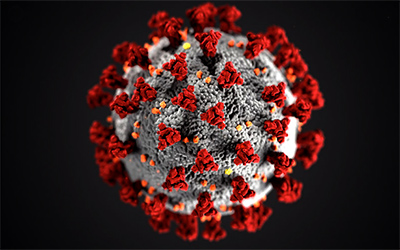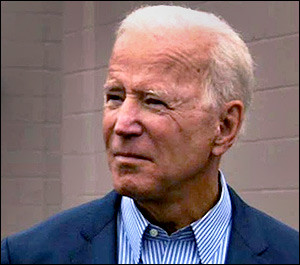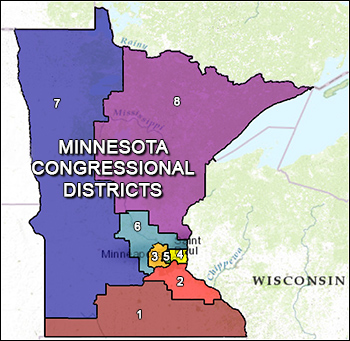By Jim Ellis
June 30, 2020 — The Pew Research Center yesterday released the results of their national poll about how the public is viewing the COVID-19 response, which enables us to put the data in a political context. The polling results contain some good news for both presidential candidates and the respective major party leaders who are attempting to craft national campaign agendas in unique times.According to the Pew methodology report on page six of their synopsis, the survey was conducted from June 4-10 via “the American Trends Panel (ATP), as created by the Pew Research Center, [which] is a nationally representative panel of randomly selected U.S. adults. Panelists participate via self-administered web surveys.” The ATP has a total of 19,718 adults of which 11,013 were sampled for this poll and 9,654 responded.
The sampling error is reported to be plus or minus 1.6 percentage points, but Asians (8.2), Blacks (5.3), and Hispanics (4.5) were well over the average. While the pollsters show all segments falling between a plus or minus 1.8 and 8.2 error factor, they still list the overall sample rate (1.6 percent) as falling below even the low number on racial segmentation.
The best news for former vice president Joe Biden is that the Trump Administration scores the lowest rating relating to whom and what the respondents trust most about coronavirus information. The administration is believed either almost all (eight percent), most (21 percent), or some of the time (29 percent) by a combined 58 percent of the respondents. In contrast, the Center for Disease Control is the most reliable cited source with a combined 88 percent rating (22 percent almost all; 42 percent most; 24 percent some of the time).
With President Trump and his team scoring low on the believability scale, the better news for his campaign is that fewer people are following the disease coverage closely. Furthermore, it is clear that large segments don’t know what to believe from news accounts of the disease’s effects.
Continue reading






